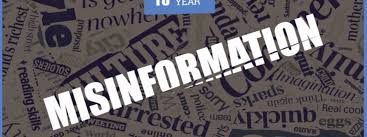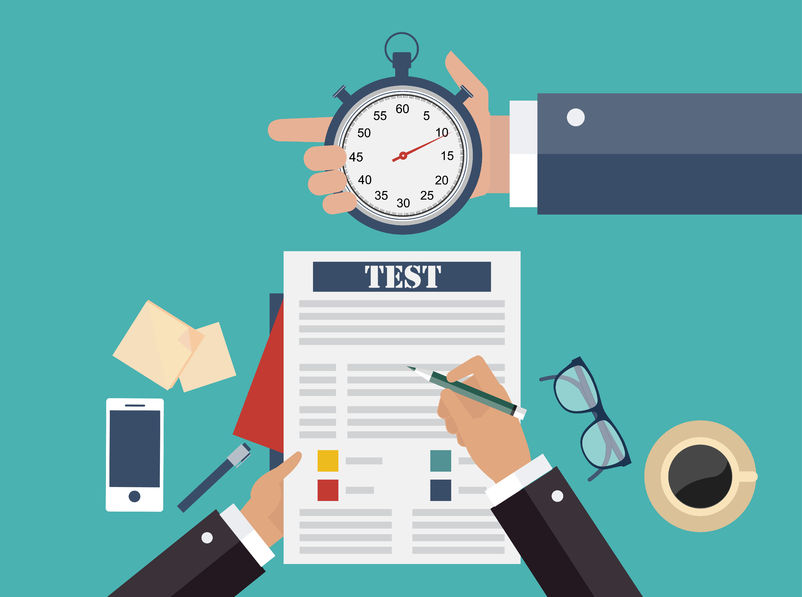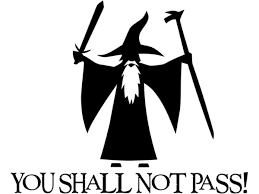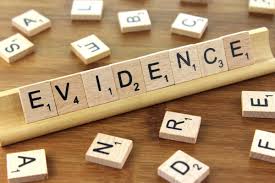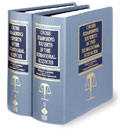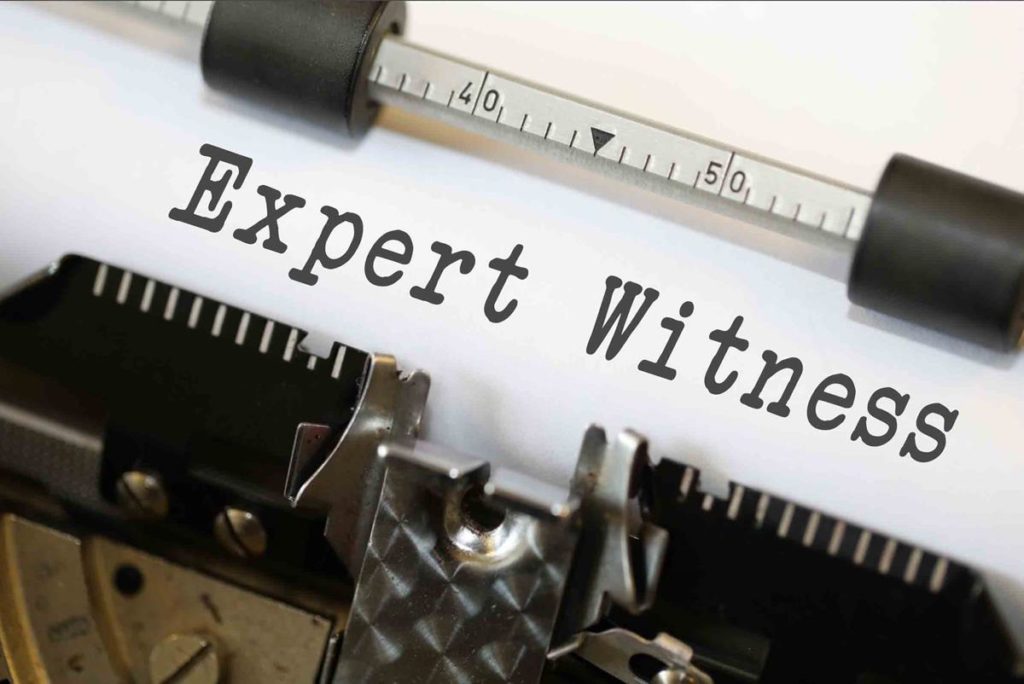A meme exists that parental alienation is not accepted by the U.S. judicial system. The fact is, parental alienation has a rich history in our court system and courts around the world. PsychLaw.net’s researchers know that two hundred fifteen years ago, the first recorded case resembling parental alienation (PA) was fought out in the courts of England.[1] In the last two centuries, English-speaking jurists have grappled with parents alienating, brainwashing, kidnapping, and manipulating their children in thousands of cases.[2] Child psychiatrist Richard Gardner published his first formulation of a parental alienation syndrome (PAS) in 1985.[3] A prolific advocate for children, Gardner wrote 41 books and more than 200 professional journal articles and book chapters.[4] When the American Psychological Association published Guidelines for Child Custody Evaluations in Divorce Proceedings in 1994, Gardner was cited more than any other single authority in the “Pertinent Literature” section.[5] In the recent text published by the American Bar Association—Children Held Hostage: Identifying Brainwashed Children, Presenting a Case, and Crafting Solutions—33% of the citations in the bibliography have “parental alienation,” “parental alienation syndrome,” or “alienation” in their titles; in the same bibliography, Richard Gardner’s work is cited twenty-three times.[6] Since Gardner’s numerous contributions, there have been hundreds of peer-reviewed articles, chapters in scholarly books, presentations at professional meetings, and legal treatises on PA.[7]
But wait. A meme[8] has developed that PA does not exist. In contrast to the extensive scientific and legal literature regarding PA, there has been a number of published articles and book chapters criticizing the concept of PA and even denying the reality of PA. On the one hand we find more than two hundred years of English language jurisprudence concerning alienation;[9] hundreds of published, peer-reviewed articles concerning alienation describing both qualitative and quantitative data;[10] scores of books by parents and legal and behavioral sciences professionals discussing the phenomenon; as well as chapters in scholarly books, lectures, and legal treatises on the subject.[11] On the other hand, in the twenty-five years between 1994 and 2018, we find Notes, bar journal and law review articles, lectures, newspaper stories, and websites where law students, attorneys, law professors, and ex-lawyers write about PA and science. In this twenty-five-year period we also find social workers, psychologists, and a nurse writing about PA and evidence law.[12] How do we reconcile the extensive literature for and against the concept of PA? One way to do that is to look at the legal opinions of thousands of courts regarding this topic. What do the trial courts in the United States say about PA? What do the three- to five-judge, appellate courts in the United States say about PA? Stay tuned, PsychLaw.net will be discuss what courts say in jurisdictions throughout the United States.
_________________________________________________________________
[1] King v. De Manneville, 5 East 221, 102 Eng. Rep. 1054 (K.B. 1804). And see Shelley v. Westbrook, 37 Eng. Rep. 850 (Ch. 1817). Earl of Westmeath v. Countess of Westmeath, 162 Eng. Rep. 992 (1826). In re Barry, 42 F. 113 (S.D.N.Y. 1844). In re Burrus, 136 U.S. 586 (1890). For a fuller explication of the history, see Chapter 7, “Alienating Behaviors and the Law.”
[2] See Chapter 1, “Introduction to Parental Alienation” (alienating), Stanley S. Clawar & Brynne Rivlin, Children Held Hostage: Dealing with Programmed and Brainwashed Children (American Bar Association 1991) and Stanley S. Clawar & Brynne Rivlin, Children Held Hostage: Identifying Brainwashed Children, Presenting a Case, and Crafting Solutions 475-507 (2d ed. 2013)[hereinafter Clawar & Rivlin (2013)] (brainwashing). The International Handbook of Parental Alienation Syndrome 158, 169, 433-437 (Richard A. Gardner et al. eds. 2006) (kidnapping) American Professional Society on the Abuse of Children, Practice Guidelines on The Investigation and Determination of Suspected Psychological Maltreatment of Children and Adolescents (2017) (manipulating).
[3] Richard A. Gardner, Recent trends in divorce and custody litigation, 29 Academy F., Fall 1985, at 3-7. Richard A. Gardner, Paper presented for the Ninth Annual Herschfeld Lecture, The parental alienation syndrome (June 11, 1986). Richard A. Gardner, The parental alienation syndrome and the differentiation between fabricated and genuine child sex abuse (1987).
[4] See, e.g., The Gardner Library, Dr. Richard A. Warshak https://www.warshak.com/resources/gardner.html (last visited May 5, 2019).
[5] American Psychological Association, Guidelines for Child Custody Evaluations in Divorce Proceedings, 49 Am. Psychol. 677, 677-680 (1994).
[6] Clawar & Rivlin (2013), supra note 2.
[7] Parental Alienation Database, Center for Knowledge Management Vanderbilt University Medical Center, https://www.mc.vanderbilt.edu/pasg (last visited May 21, 2019). [hereinafter PA Database] (Under the auspices of the nonprofit Parental Alienation Study Group, the Vanderbilt University Center for Knowledge Management has digitized a bibliography. “This database contains more than 1,000 books, book chapters, and articles published in mental health or legal professional journals. Most of these references pertain directly to parental alienation and parental alienation syndrome; some of the references pertain to a closely related topic such as divorce, child custody, parenting time, or sexual abuse. Newspaper and magazine articles and unpublished presentations at professional meetings are not included, unless they are unusually important.”)
[8] See Chapter 1, “Introduction to Parental Alienation.” (“A meme is a concept, image, catchphrase, or piece of media which spreads from person to person via social networks, news sources, or professional journals. Similar to a fad or craze, the meme takes on a life of its own.”). Also see Olivia Solon, Richard Dawkins on the internet’s hijacking of the word ‘meme,’ Wired UK (Thursday 20 June 2013), https://www.wired.co.uk/article/richard-dawkins-memes (last visited May 25, 2019) (“Richard Dawkins coined the word ‘meme’ in his 1976 bestseller The Selfish Gene. The word—which is ascribed to an idea, behaviour or style that spreads from person to person within a culture—has since been reappropriated by the internet ….”).
[9] See Chapter 7, “Alienating Behaviors and the Law.”
[10] See Chapter 5, “Parental Alienation and Empirical Research.”
[11] See PA Database, supra note 7.
[12] See Chapter 8, “Admissibility of the Construct – Parental Alienation.”



